Pumpkins And Flowers: The Perfect Pair
Pumpkins and Flowers: The Perfect Pair
Pumpkins and flowers are two of the most iconic symbols of autumn. They come in a variety of colors, shapes, and sizes, and they can be used to decorate homes, businesses, and even public spaces. But did you know that pumpkins and flowers are more than just beautiful decorations? They also have a lot in common botanically speaking.
Both pumpkins and flowers are flowering plants. This means that they produce flowers that contain both male and female reproductive organs. The male organs, called stamens, produce pollen. The female organs, called pistils, produce eggs. When pollen from a stamen lands on a pistil, it fertilizes the egg, and a pumpkin or flower seed is produced.
In addition to their shared botanical features, pumpkins and flowers also share a number of symbolic meanings. Pumpkins are often associated with harvest, abundance, and good luck. Flowers, on the other hand, are often associated with love, beauty, and new beginnings.
So, what happens when you combine these two iconic symbols of autumn? You get the perfect pair! Pumpkins and flowers can be used to create stunning autumn displays that are both beautiful and meaningful.
Here are some ideas for how to use pumpkins and flowers together in your fall décor:
- Arrange pumpkins and flowers in a centerpiece on your dining table.
- Create a pumpkin patch by placing pumpkins in front of your home or in your garden.
- Hang pumpkins from your porch or patio.
- Use pumpkins and flowers to decorate your front door.
- Make a pumpkin flower arrangement by combining pumpkins with flowers in a vase.
No matter how you choose to use them, pumpkins and flowers are sure to add a touch of autumnal charm to your home or garden.
In addition to their decorative uses, pumpkins and flowers also have a number of practical applications.
- Pumpkins can be used to make pies, breads, soups, and other dishes.
- The seeds of pumpkins can be roasted and eaten as a snack.
- Pumpkin flowers can be used to make fritters, salads, and other dishes.
- The leaves of pumpkins can be used to make tea.
So, next time you're looking for a way to celebrate autumn, don't forget about pumpkins and flowers! They're the perfect pair for creating beautiful and meaningful fall décor.
FAQ of pumpkin companion flowers
Q1. What are companion flowers for pumpkins?
A. Companion flowers are plants that can be planted near pumpkins to help improve their growth and health. Some good companion flowers for pumpkins include:
- Nasturtiums: Nasturtiums help to deter pests, such as cucumber beetles and squash bugs. They also attract pollinators, such as bees and butterflies, which help to pollinate the pumpkins.
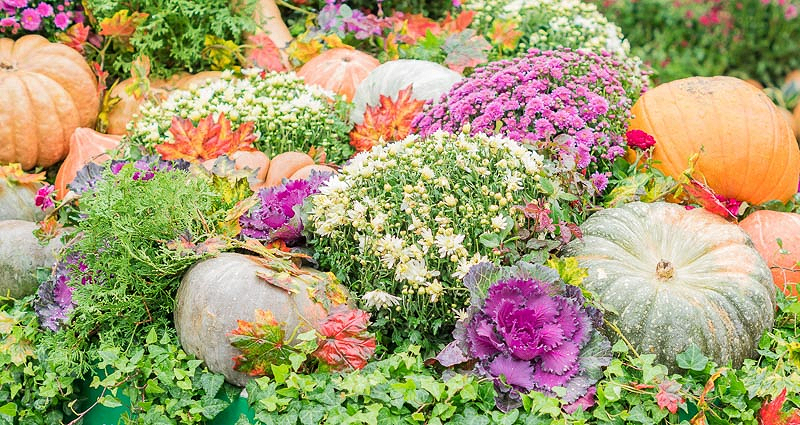
- Marigolds: Marigolds help to repel nematodes, which are microscopic worms that can damage pumpkin roots. They also attract pollinators.

- Borage: Borage attracts pollinators and helps to improve the flavor of pumpkins.

- Calendula: Calendula helps to deter pests, such as whiteflies and aphids. It also attracts pollinators.
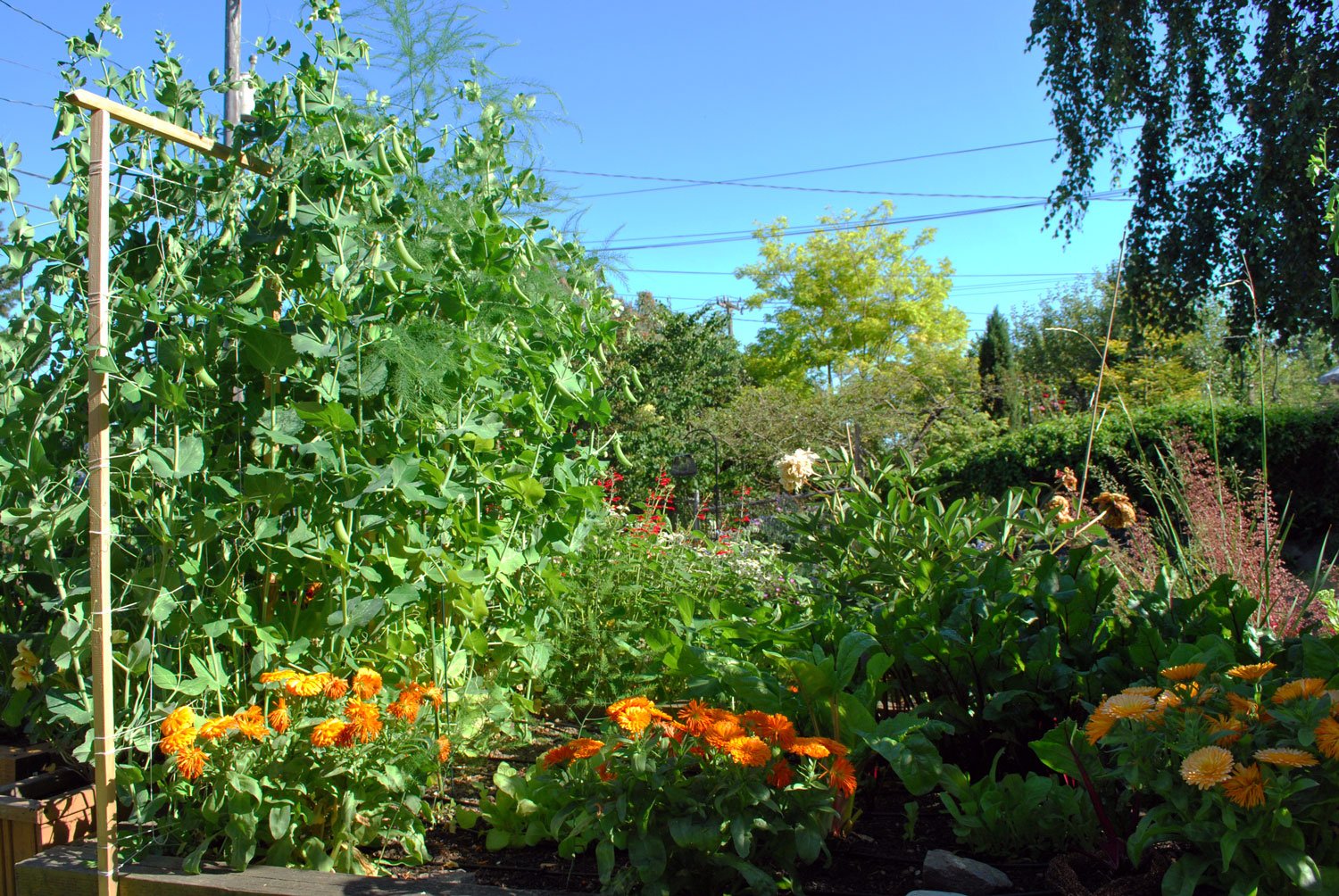
- Sweet alyssum: Sweet alyssum helps to attract pollinators and repel pests, such as cabbage moths.
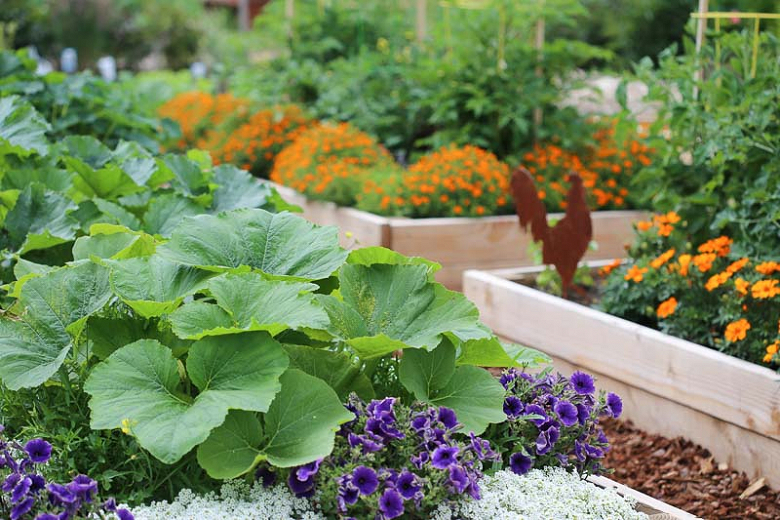
Q2. How far apart should companion flowers be planted from pumpkins?
A. Companion flowers should be planted about 1-2 feet apart from pumpkins. This will give them enough space to grow and thrive.
Q3. What are the benefits of planting companion flowers with pumpkins?
A. There are many benefits to planting companion flowers with pumpkins. Some of these benefits include:
- Improved growth and health: Companion flowers can help to improve the growth and health of pumpkins by deterring pests, attracting pollinators, and improving the soil quality.
- Increased yields: Companion flowers can help to increase the yields of pumpkins by attracting pollinators and improving the pollination process.
- Improved flavor: Companion flowers can help to improve the flavor of pumpkins by attracting pollinators and increasing the production of sugars and other nutrients.
Q4. What are some common mistakes people make when planting companion flowers with pumpkins?
A. Some common mistakes people make when planting companion flowers with pumpkins include:
- Planting the companion flowers too close to the pumpkins: This can crowd the plants and prevent them from growing properly.
- Not planting the right companion flowers for the pumpkins: Some companion flowers can actually harm pumpkins, so it is important to choose the right ones.
- Not watering the companion flowers properly: Companion flowers need water just like pumpkins, so it is important to water them regularly.
Q5. Where can I find more information about companion flowers for pumpkins?
A. There are many resources available online and in libraries that can provide more information about companion flowers for pumpkins. Some good resources include:
- The Vegetable Garden Companion Planting Guide: This book by Louise Riotte provides detailed information about companion planting for a variety of vegetables, including pumpkins.

- The Gardener's Companion: This website by the University of Minnesota Extension provides information about companion planting for a variety of vegetables, including pumpkins.
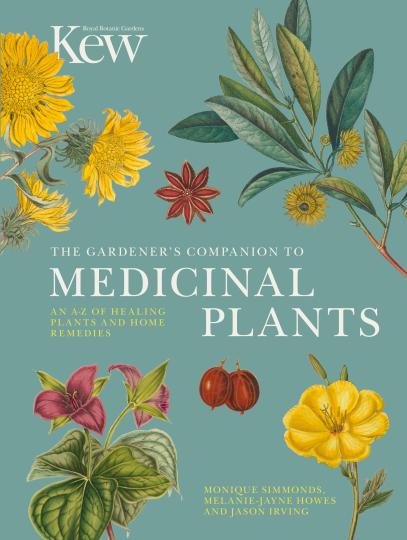
- The Old Farmer's Almanac: This website provides information about companion planting for a variety of vegetables, including pumpkins.

Image of pumpkin companion flowers
5 different images of "pumpkin companion flowers" from Pinterest:
- Marigolds: Marigolds are a great companion flower for pumpkins because they help to repel pests. They also have a lovely orange color that complements the green leaves of the pumpkin plant.

- Cosmos: Cosmos are another great companion flower for pumpkins. They help to attract pollinators, which are essential for the pollination of pumpkins. They also have a delicate beauty that adds a touch of elegance to the pumpkin patch.

- Nasturtiums: Nasturtiums are a fun and colorful companion flower for pumpkins. They help to deter pests, such as squash bugs, and they also have edible flowers that can be used in salads or as a garnish.

- Sunflowers: Sunflowers are a tall and stately companion flower for pumpkins. They help to attract pollinators and they also provide shade for the pumpkin plants.
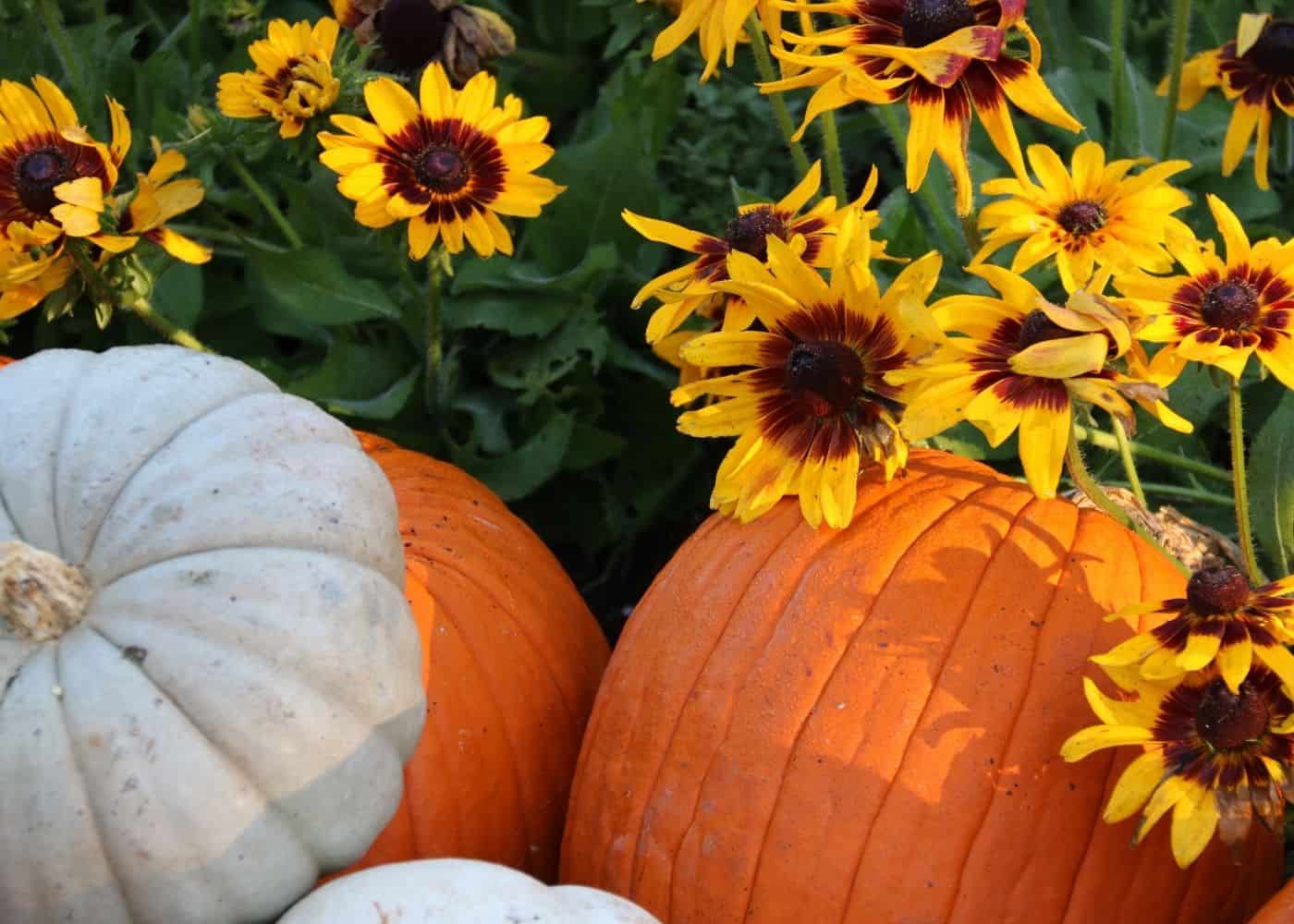
- Coneflowers: Coneflowers are a hardy and drought-tolerant companion flower for pumpkins. They help to attract pollinators and they also have a long blooming period.
Post a Comment for "Pumpkins And Flowers: The Perfect Pair"